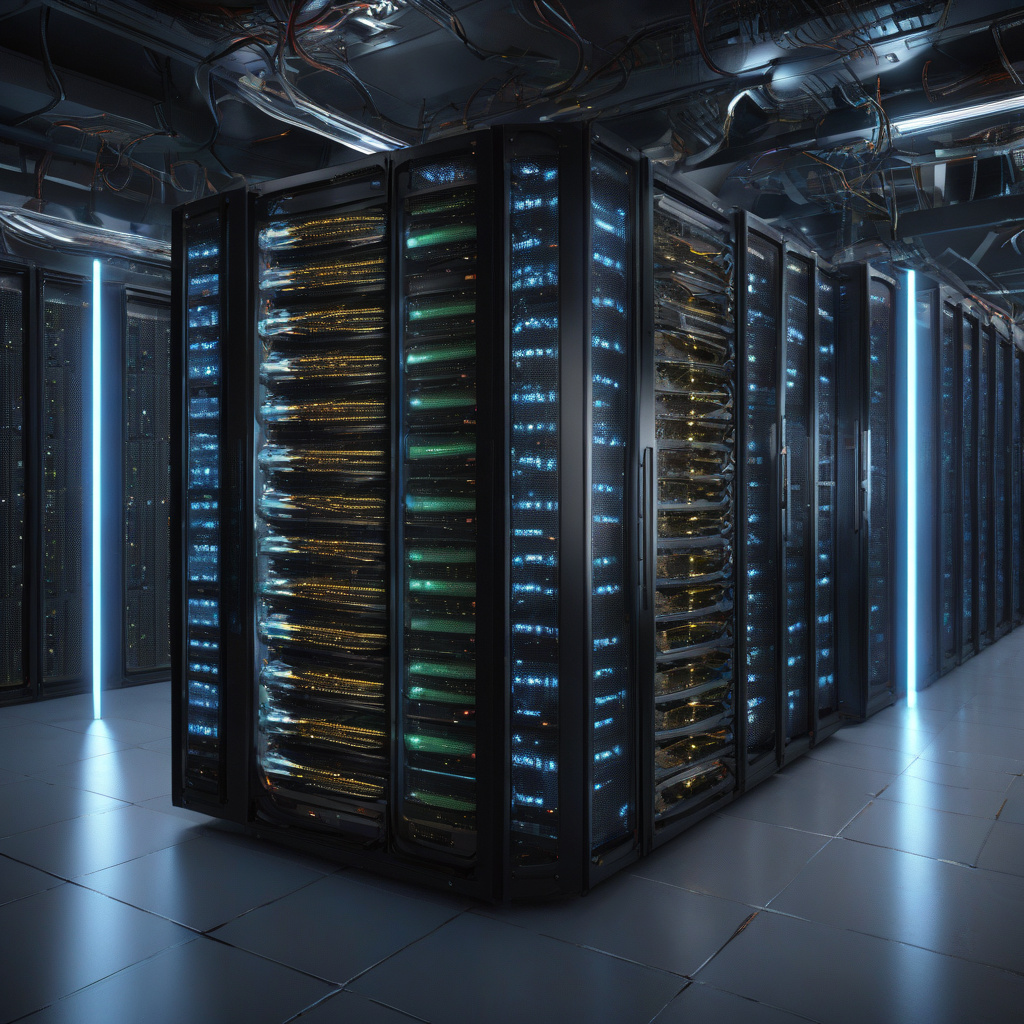Fast Eventual Consistency: Inside Corrosion, the Distributed System Powering Fly.io

Innovative cloud solutions expert Somtochi Onyekwere recently presented at QCon London 2025, unveiling Corrosion—Fly.io’s advanced open-source distributed system. By leveraging CRDTs and Rust, Corrosion enhances scalability and data synchronization, addressing latency challenges and ensuring rapid, consistent application deployment across a global network of 40+ regions.
By Steef-Jan Wiggers
Distributed systems have revolutionized how applications are deployed and managed across vast networks. In the realm of cloud solutions, the need for fast and consistent data synchronization has never been more critical. This is where Corrosion, the cutting-edge distributed system developed by Fly.io, steps in to redefine the standards of scalability and efficiency.
Corrosion, as unveiled by cloud solutions expert Somtochi Onyekwere at QCon London 2025, represents a significant leap forward in the world of distributed systems. By harnessing Conflict-free Replicated Data Types (CRDTs) and utilizing the power of Rust, Corrosion sets itself apart as a game-changer in ensuring rapid and reliable application deployment.
The key to Corrosion’s success lies in its ability to ensure fast eventual consistency, a crucial aspect in distributed systems where data updates need to propagate quickly and efficiently across multiple nodes. This means that even in the face of network partitions or communication delays, Corrosion can guarantee that all nodes converge to a consistent state over time.
By adopting CRDTs, Corrosion sidesteps the complexities of traditional consensus algorithms, enabling it to deliver seamless synchronization of data across distributed environments. This approach not only enhances scalability but also mitigates the risks of data inconsistency that often plague distributed systems operating at scale.
Moreover, the decision to build Corrosion using Rust, a language known for its performance, safety, and concurrency features, further cements its position as a robust and reliable distributed system. Rust’s ability to provide fine-grained control over system resources and memory management ensures that Corrosion operates efficiently even under high loads and demanding conditions.
One of the standout features of Corrosion is its support for a global network of over 40 regions, enabling developers to deploy applications with ease across diverse geographical locations. This global reach, coupled with Corrosion’s emphasis on low latency and high availability, makes it an ideal choice for organizations looking to deliver seamless user experiences on a global scale.
In conclusion, the unveiling of Corrosion marks a significant milestone in the evolution of distributed systems, particularly in the realm of cloud solutions. By prioritizing fast eventual consistency, leveraging CRDTs and Rust, and catering to global deployment needs, Corrosion emerges as a powerful tool for developers seeking to navigate the complexities of modern distributed environments with confidence and efficiency.
As we look towards the future of cloud computing and distributed systems, innovations like Corrosion are poised to shape the way applications are built, deployed, and scaled across diverse infrastructures. With its focus on speed, scalability, and consistency, Corrosion paves the way for a new era of distributed system architectures that prioritize performance and reliability above all else.

